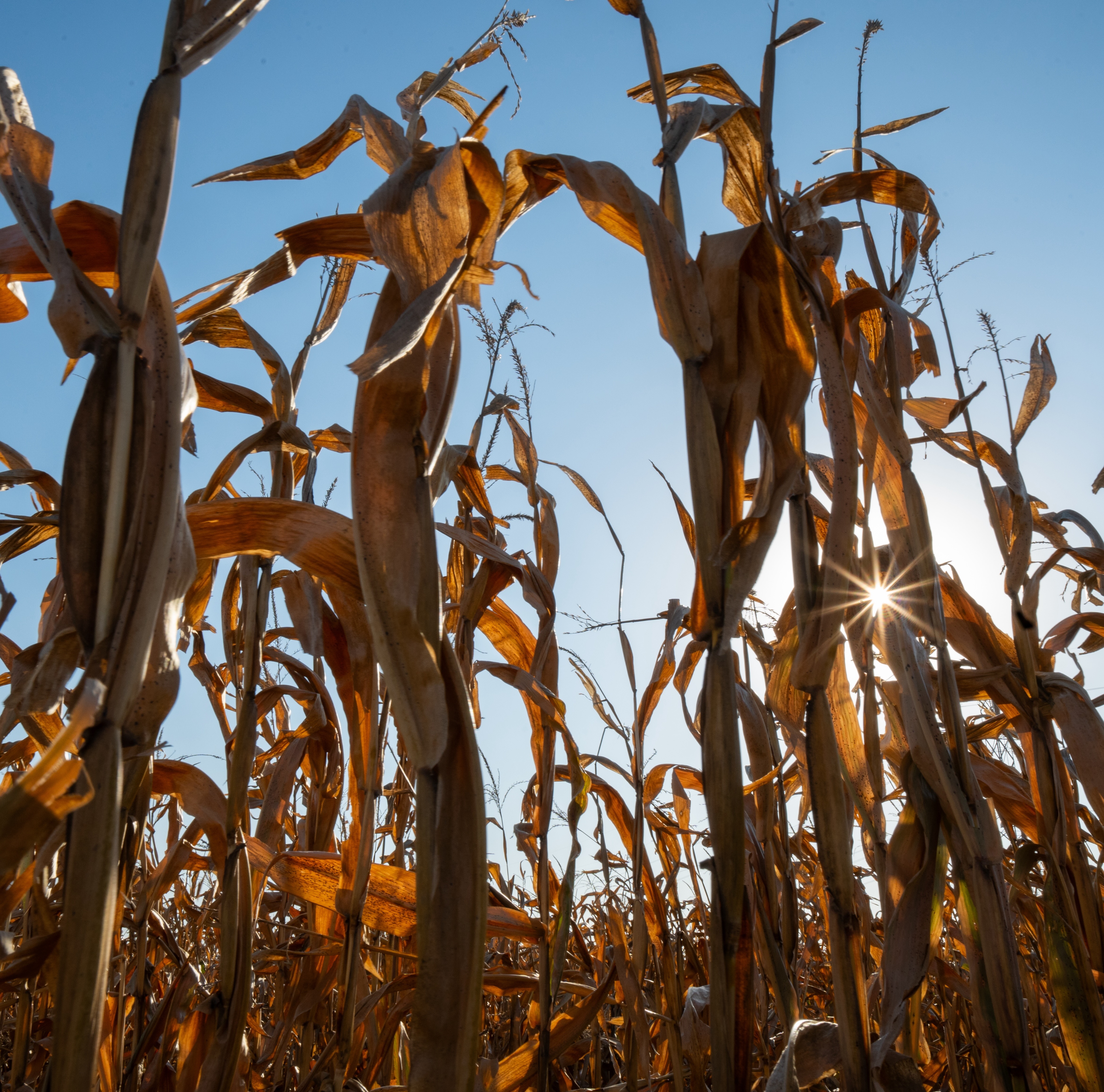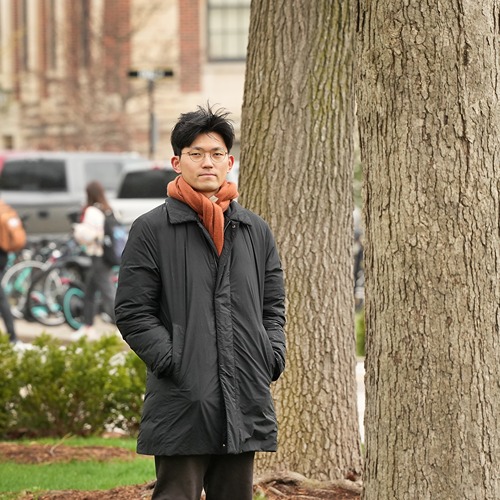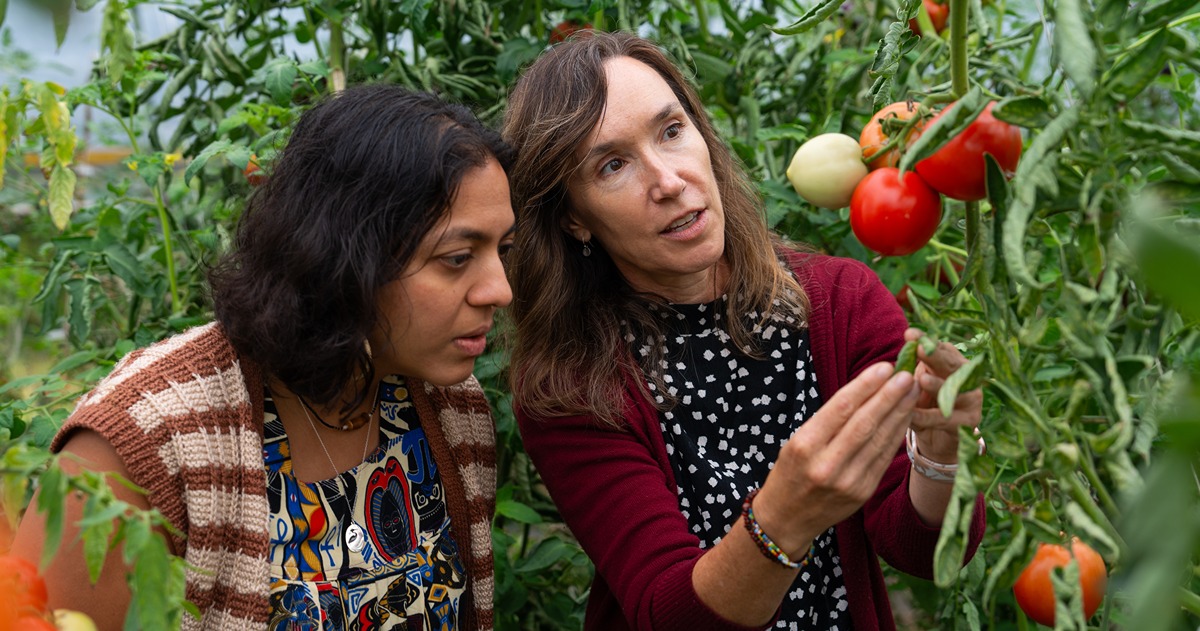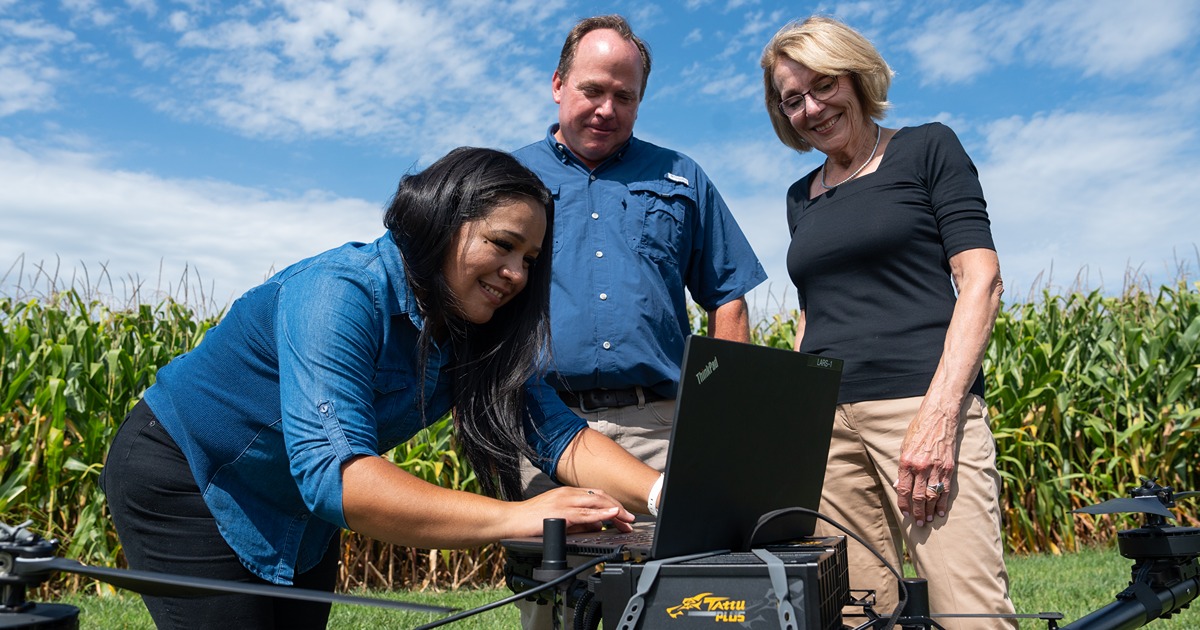New resources from Purdue Extension and Illinois-Indiana Sea Grant support environmental planning at the local level
Solutions work best when devised and implemented by the communities they will impact. This is the foundational principle for Purdue Extension and Illinois-Indiana Sea Grant’s Sustainable Communities Extension planning efforts, which include Conservation through Community Leadership (CCL) and Tipping Point Planner. The programs aim to support communities to facilitate, implement and maintain locally-driven natural resource management strategies through collaborative environmental planning.
“The Extension teams typically work with local government entities, such as town councils, plan commissions, and parks departments, in collaboration with interested stakeholders within the community,” said Kara Salazar, assistant program leader and Extension specialist for sustainable communities.
CCL offers planning and education resources for Indiana communities to identify and address natural resource issues, form invasive species management groups, update county or municipal comprehensive plans, support watershed management plans, and implement fundraising initiatives for specific projects.
“I like how the program created a framework for brainstorming and gathering group input. As far as I could tell everyone was comfortable sharing ideas, which seems to be rare in group settings,” said Kerry Nielsen, district conservationist with the Natural Resources Conservation Service in Pulaski County, Ind.
Salazar said this is indicative of the way communities engage with the CCL program. Supporting a group planning effort with a facilitation team can many times lead to a more collaborative process with multiple perspectives included.
Tipping Point Planner, a decision support tool for states in the Great Lakes region, helps identify land use and water quality issues affecting watershed health and guides users through prioritization of management practices and policies. Tipping Point Planner includes new county land use planning dashboards for all Great Lakes states to help community leaders and residents better understand their natural resources at the county level, where many land use decisions are made.
Tipping Point Planner
Joseph Lucente, Extension educator at The Ohio State University and Ohio Sea Grant, was part of a team based in Perrysburg, Ohio that collaborated with Purdue Extension and Illinois-Indiana Sea Grant using Tipping Point Planner. One of the pressing environmental concerns of Perrysburg was the prevalence of harmful algal blooms in Lake Erie and other local waterways.
“The old saying holds true about what rolls downhill,” Lucente said. “And, well, we’re downhill. We’re near the shallowest part of Lake Erie and the warm water combined with nutrient runoff was really exacerbating the algae problem.”
Lucente said implementing change took a period of adjustment for leaders and the community at large. A multidisciplinary team of Purdue Extension and Illinois-Indiana Sea Grant facilitators helped guide this process, walking the Perrysburg team through how to balance the local desire to maintain small-town charm with expected growth and related impacts on the environment and quality of life.
In addition to offering direct community planning assistance, Extension teams working in collaboration with the Indiana State Department of Agriculture recently created a new guidebook for local Hoosier government officials titled Community Planning for Agriculture and Natural Resources: A Guide for Local Government. The guidebook, which is free to download, provides educational resources and practical examples of how to integrate agriculture and natural resources as part of community land use planning and comprehensive plan updates.
“Our sustainable communities Extension planning efforts offer multifaceted resources,” Salazar said. “Some parts, like Tipping Point Planner, are intended for the entire Great Lakes region, whereas other pieces, like the Guide for Local Government, are tailored specifically for Indiana. Regardless of which resource a community draws on, they should feel comfortable that they have crafted achievable goals within their plans. That’s where our resources can help prioritize and determine what is achievable in the local context and how stakeholders can have the largest, positive environmental impact.”





